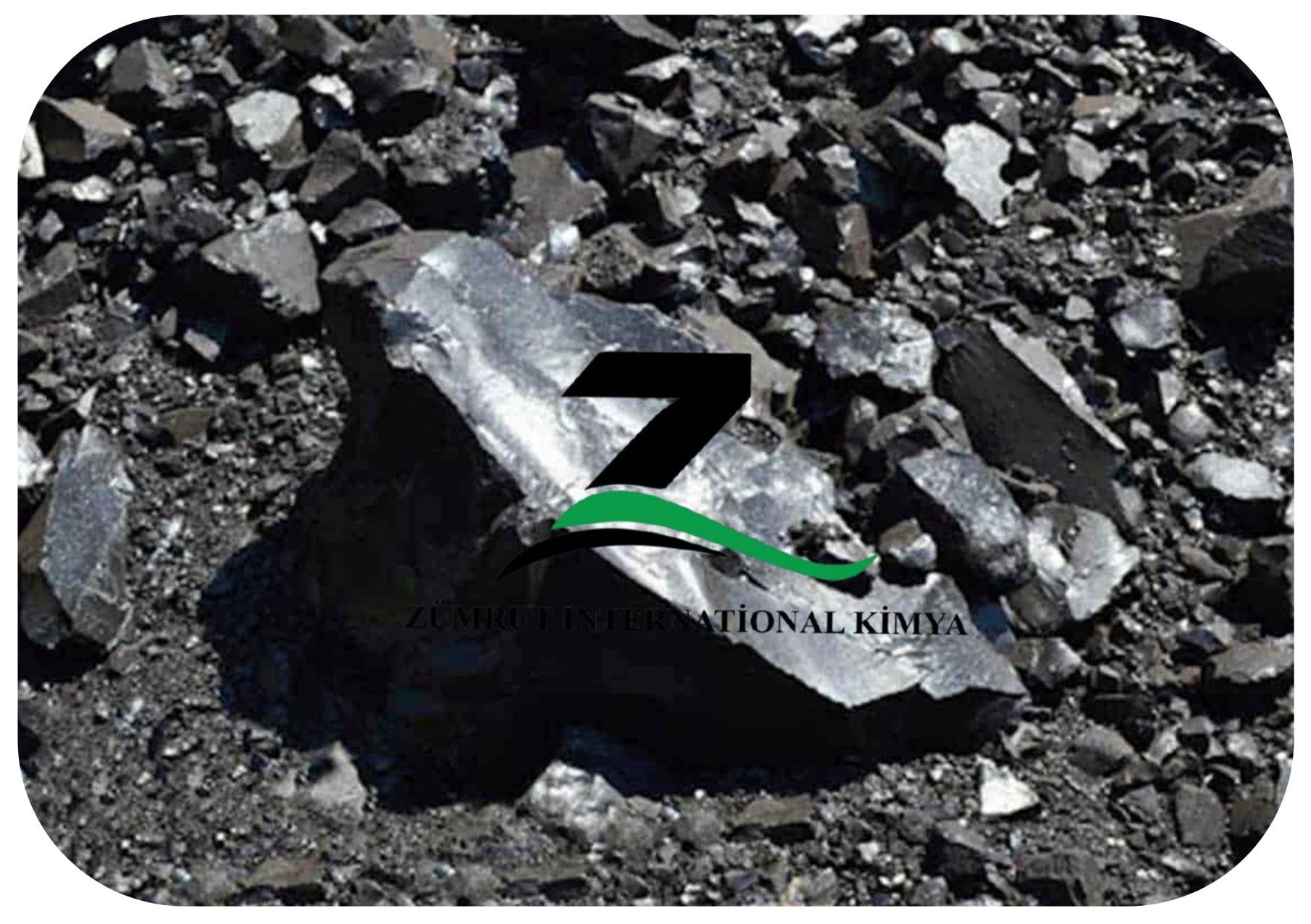
Description of Gilsonite Characterization
It is necessary to know the relationship between weight and mass of the product, because it is expressed as a percentage when it comes to the amount of bitumen in asphalt.
In fact, the specific gravity of Gilsonite is the ratio of the weight of a given volume of Gilsonite to the weight of water as its volume at a given temperature.
Specific gravity is a good tool for identifying the source of Gilsonite..
Specific gravity is measured by the laboratory equipment using ASTM-D3289 or ASTM-D70 standard method.
Gilsonite specification help user to make it in granular powder form. Its particle size varies between 4- and 200-mesh. Pulverized Gilsonite is commonly used to control lost circulation. Gilsonite specification in temperature support at bottom hole temperatures (bhts) between 60°c and 230°f (16° and 110°c).
Typical additive concentrations range from 5- to 50-lb/sk of cement mud. The low specific gravity of Gilsonite powder helps improve its ability to control lost circulation. However, this feature can also cause the additive to separate to the top of thin slurries and slurries containing dispersants. Adding 2% or more Bentonite to the slurry will help prevent separation.
softening point is the bituminous temperature resistance.The higher the smelting point means, the higher the softening temperature, so it can be used in tropical regions with high temperatures.The lower the smelting point is, the lower the temperature resistance and is more applicable in temperate and cold regions.The softening point of Gilsonite is performed using a Softening Point Tester, or manually, using both the Ring & Ball test method in both methods using the standard ASTM-D36 method to determine the softening point.
Gilsonite is very fragile. It shatters easily. Rolling the Gilsonite between two drums tends to give the best particle distribution to use as raw material in carbon production.
Normal Specification of Gilsonite with out any refining on it would be as below.
Please remember that for each usage we must do some refining on Gilsonite and so its specification will change.
Gilsonite Characterization
Physical Characterization:
| Color in | Mass Black |
|---|---|
| Color in Streak or | Powder Brown – Dark Brown |
| Moisture Content | 0.5–1 |
| Specific Gravity @ 77°F | 1.04-1.06 |
| Hardness (Moh’s Scale) | 2 |
| Penetration | 0 |
Volatility, Weight %, :
| 5 Hours @ 325°F< | 2% |
|---|---|
| 5 Hours @ 400°F< | 4% |
| 5 Hours @ 500°F< | 5% |
| Acid Value | 2.3 |
| Saponification Value | 5.6 |
| Iodine Number | 0 |
| Heat of Combustion | 17,900 Btu / lb. |
| Heat of Fusion | 9990 Btu / lb. |
| Specific Heat of Solid Phase | 0.52 Btu / lb. / °F |
| Specific Heat of Liquid Phase | 0.61 Btu / lb. / °F |
| Glass Transition Temperature, Tg | 185-225 °F |
| Bulk Density, Lump | 40 lbs. / ft3 |
| Electrical Resistivity | 4.0 x 1012 ohm-cm |
Viscosity, Brookfield :
| @ 375°F | 55,000 cps |
|---|---|
| @ 400°F | 22,800 cps |
| @ 425°F | 6,600 cps |
| @ 450°F | 2,800 cps |
Gilsonite Characterization in Chemical
| Moisture (AGC Method) | 0.5-1% |
|---|---|
| Penetration (25 C, 100 gm, 5 sec.) | 0 |
| Color in Mass | Black |
| Sulfur | 3-3.3% |
| Specific Gravity | 1.05 |
| Fixed Carbon | 15% |
| BTU per pound | 16,000-18,000 |
| Volatile Combustible Matter at 1900 F, ASTM | D271-475-81% |
| Lustrous Carbon Content | 25-35% |
| Coking Value | 20-25% |

